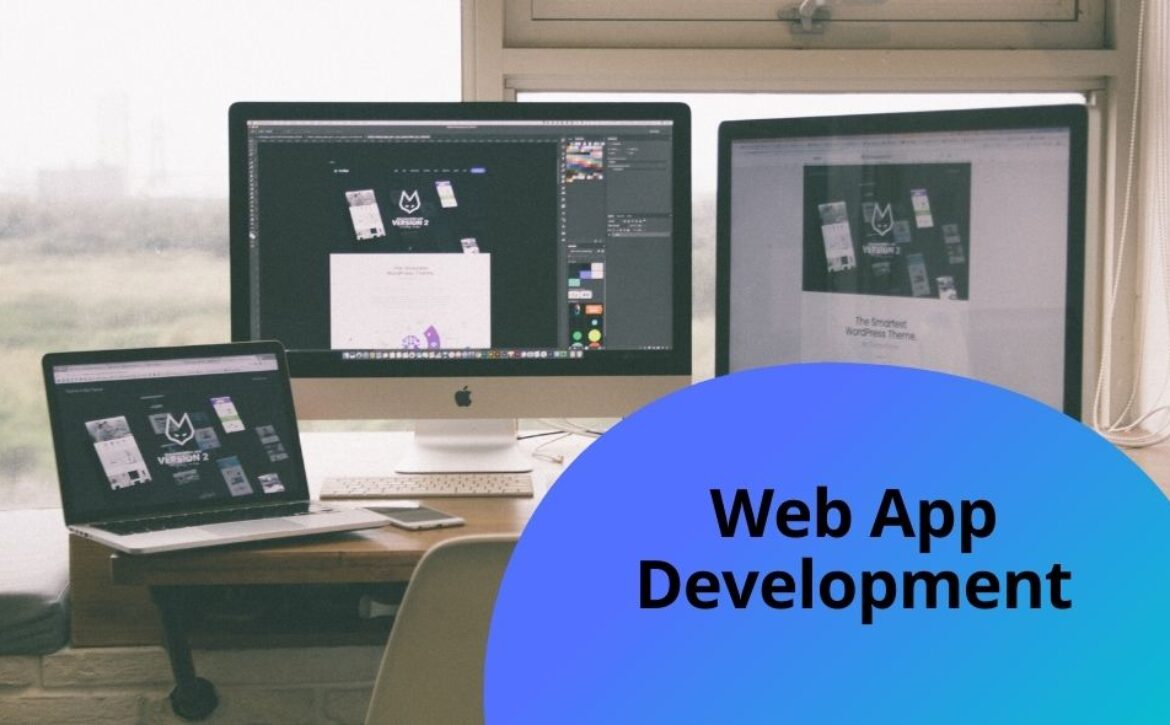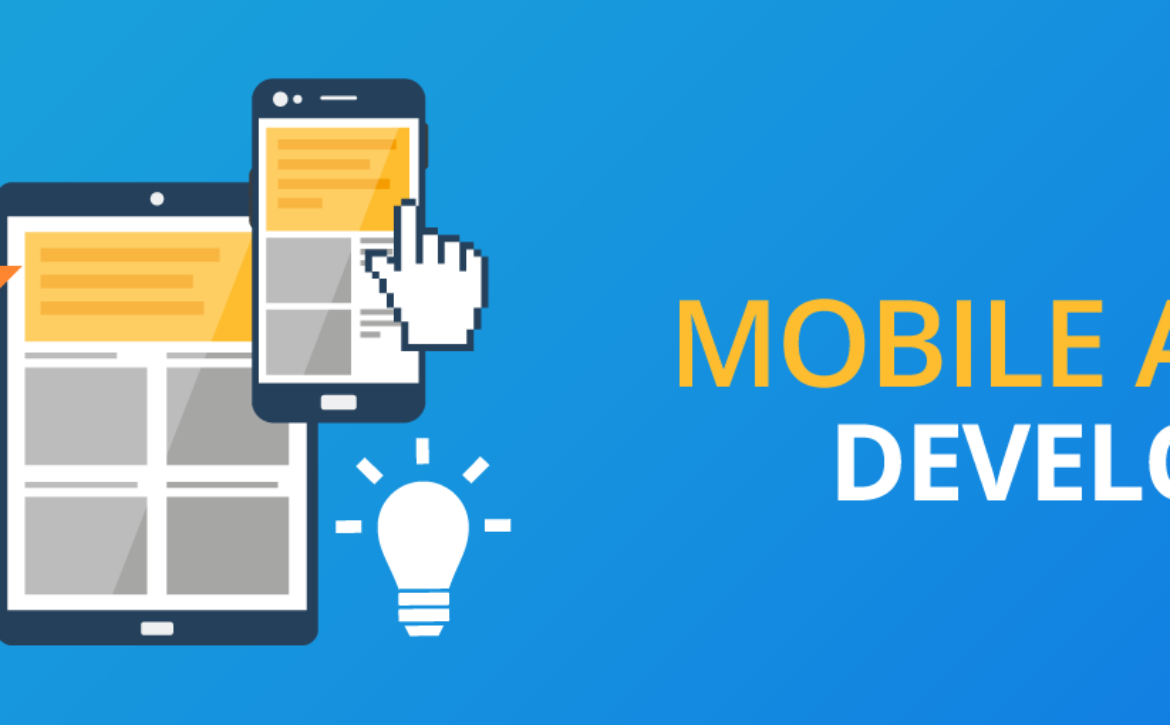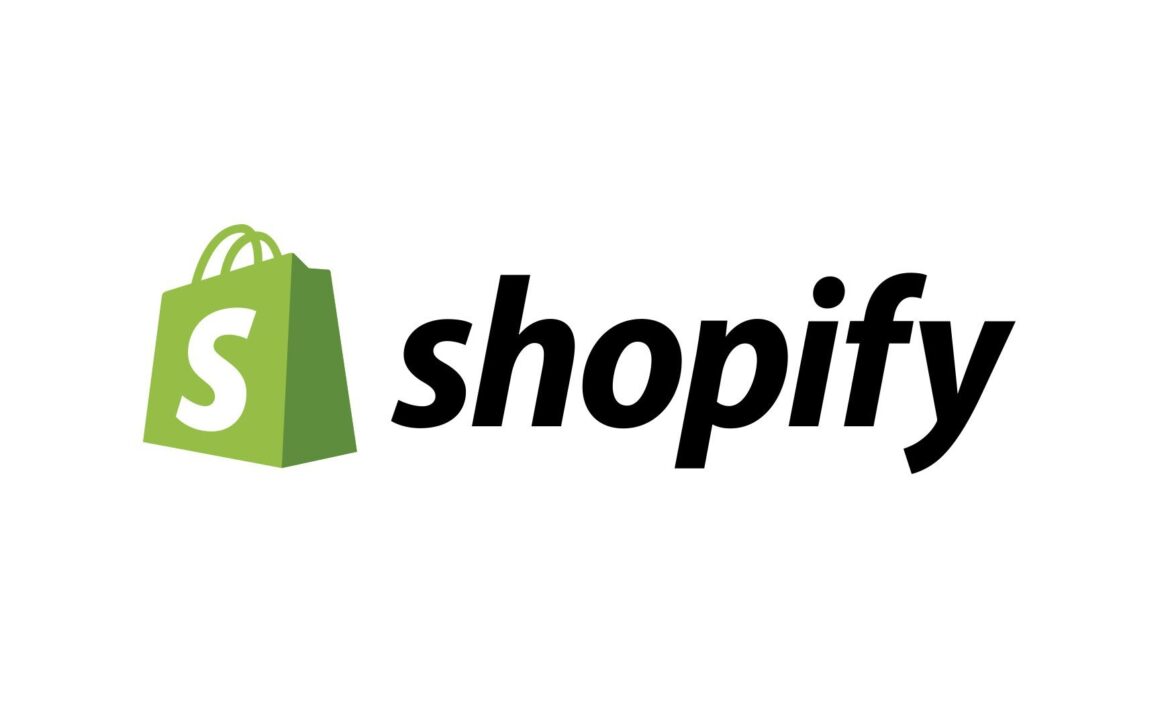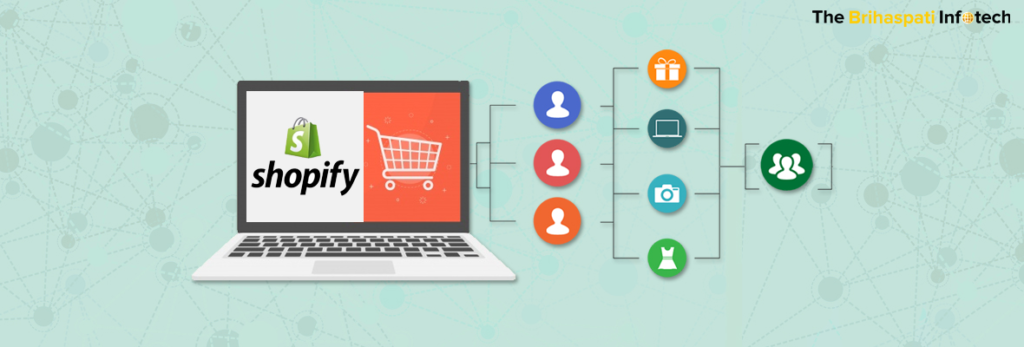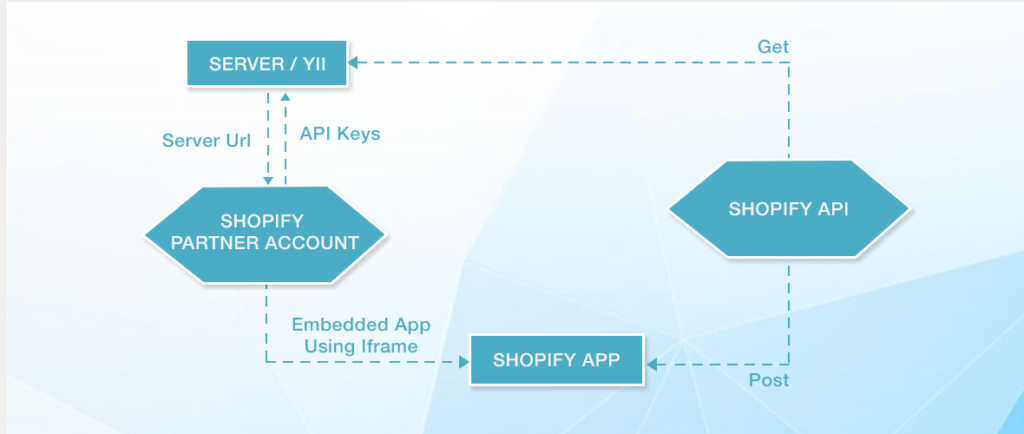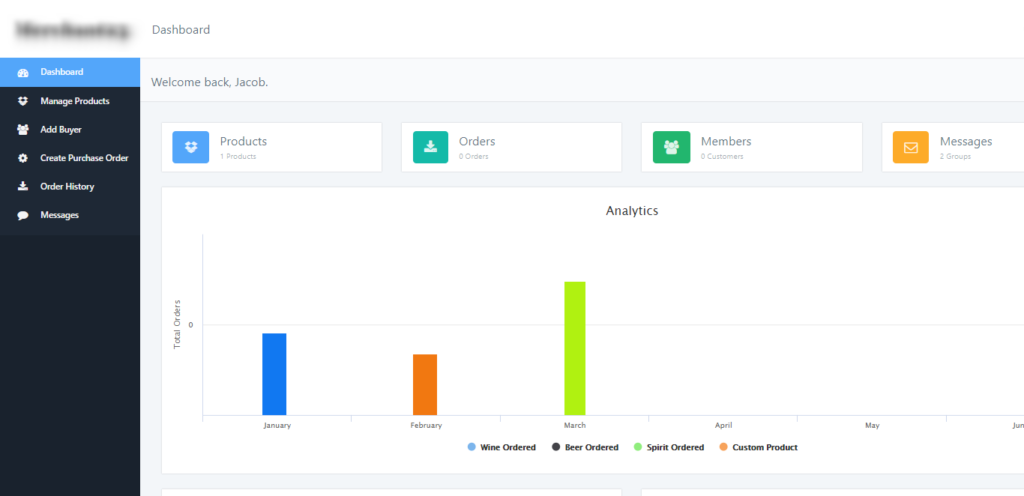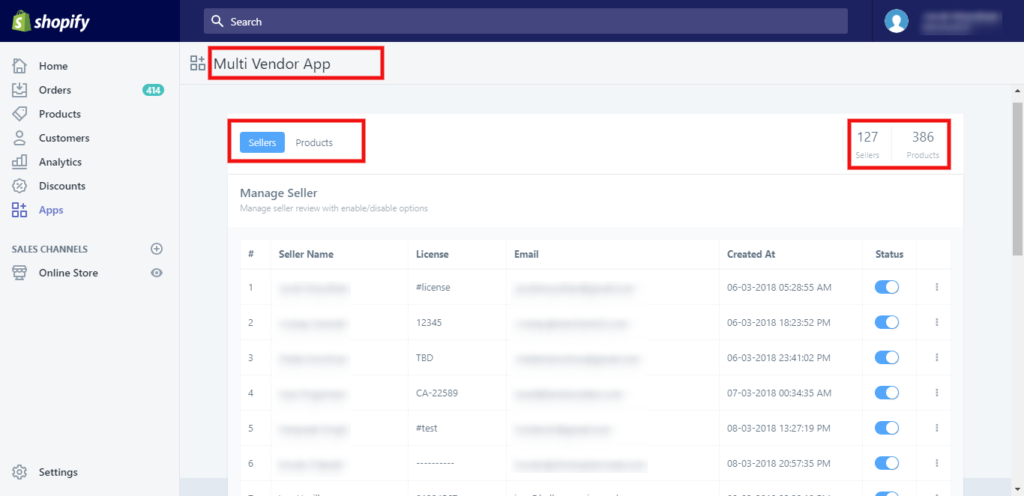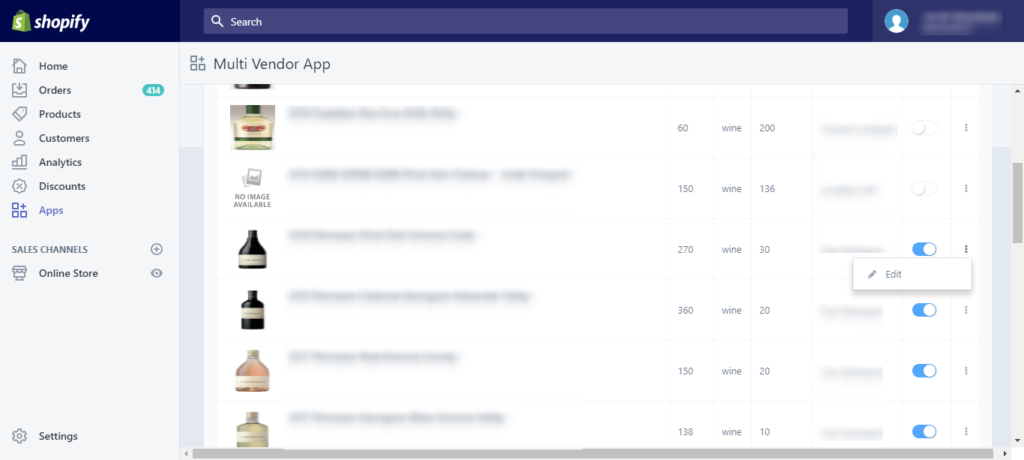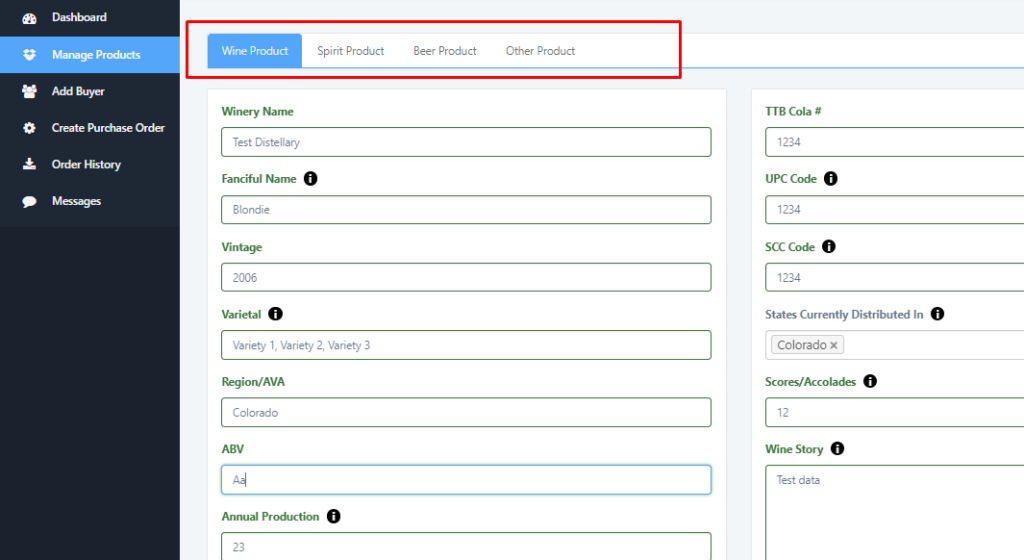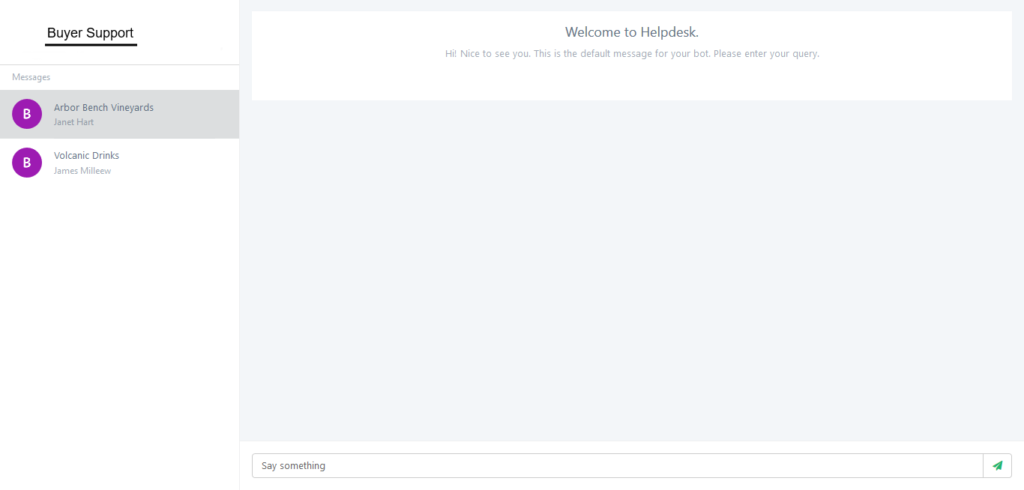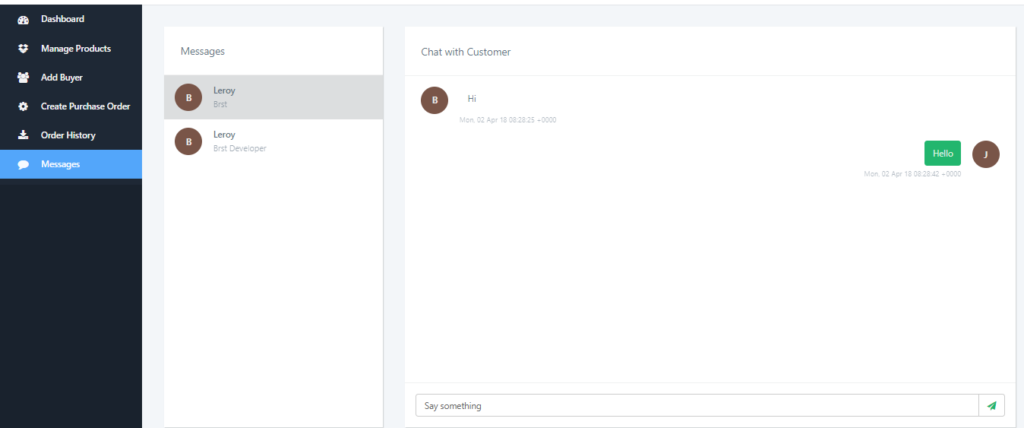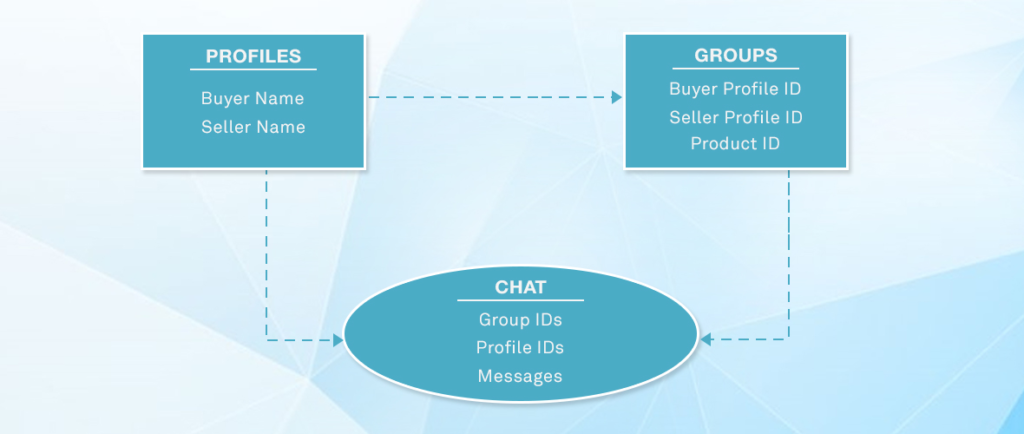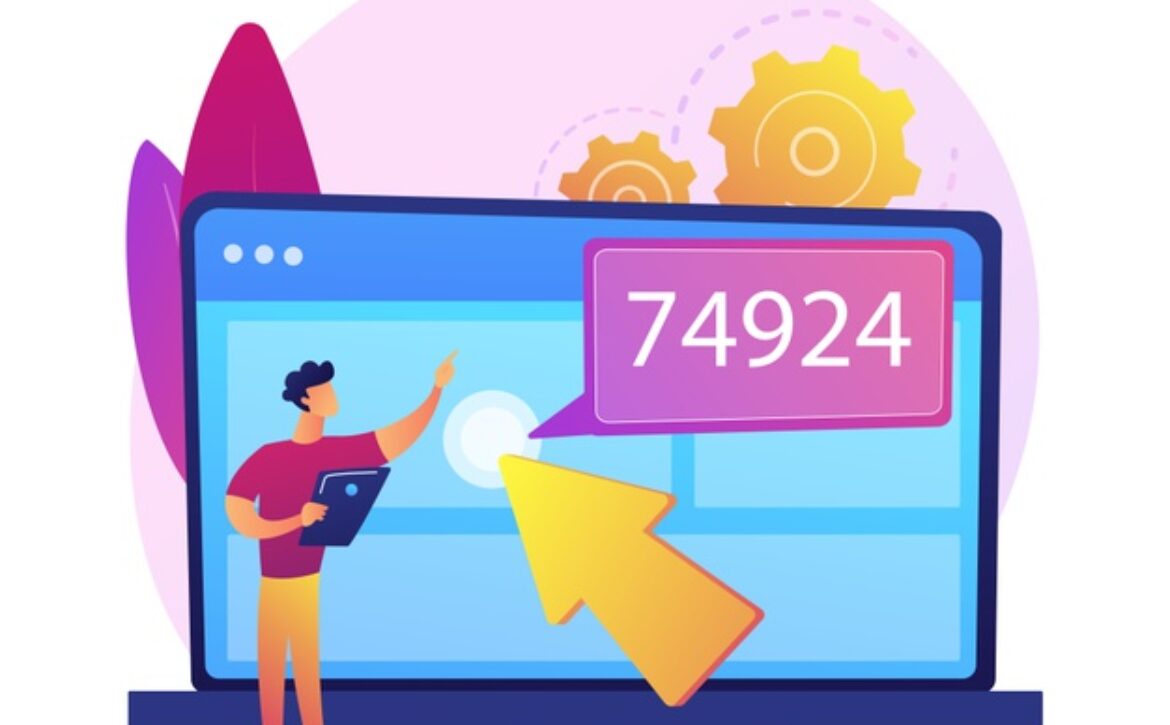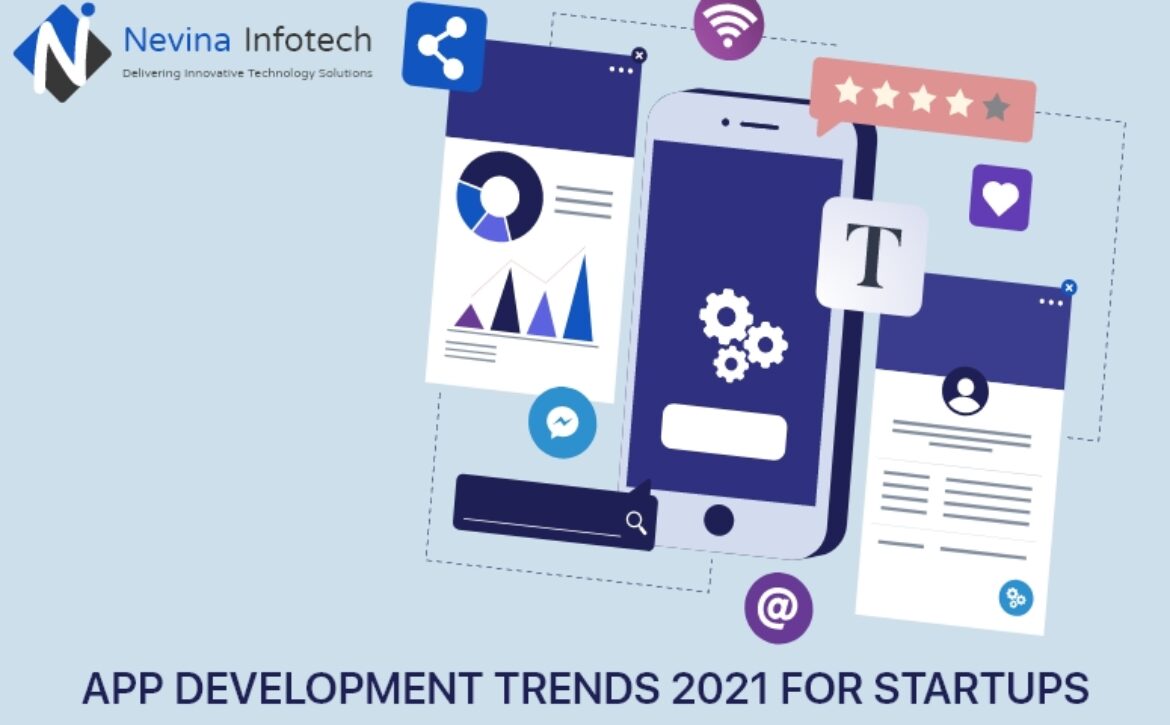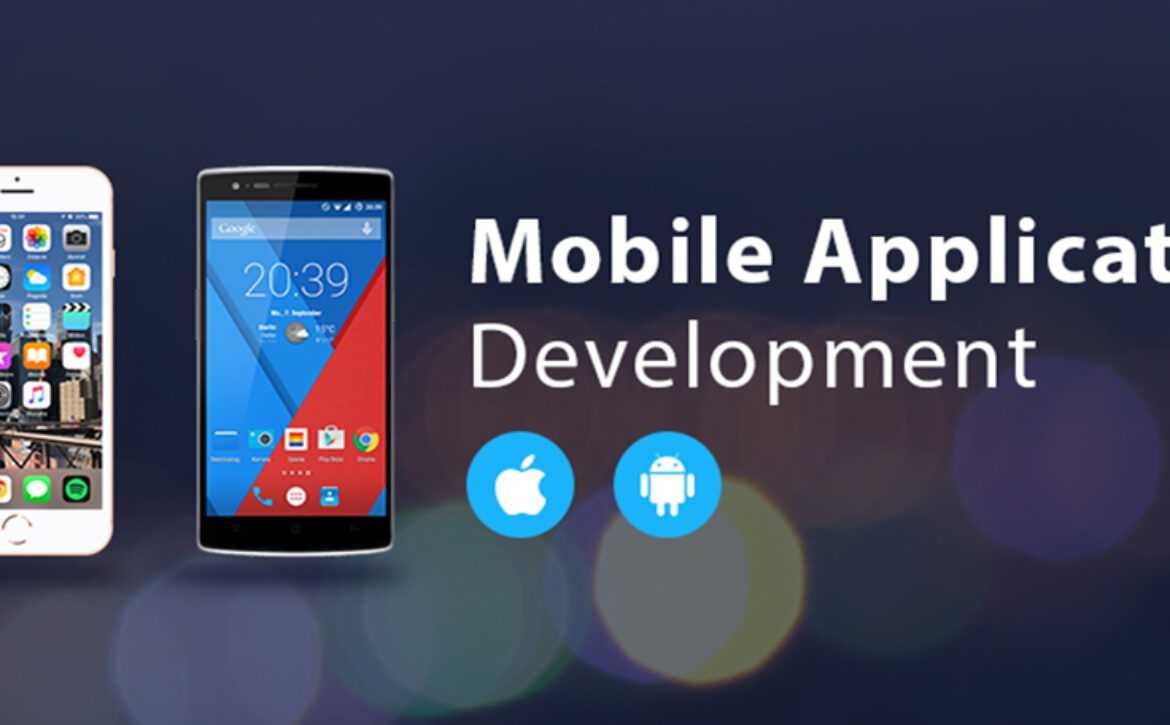How to Make My Own Video Calling App Using Flutter?
Flutter, Flutter, Flutter! Flutter is everywhere now after Twitter announced or declared it as the best and recommended tools for video chat and streaming applications development. Flutter has become a buzzword all over the internet and undoubtedly, it’s long listing features have already taken the world by storm and everyone has started using Flutter to develop unexpected applications and software applications. There are around 2 million applications registered in the play store, and that’s the witness of unexceptional use of flutter, but how to develop a streaming video application with Flutter.
Those days are gone when you have to sit, plan and think for long hours about programming languages that would permit you to create applications with multiple operating platforms.
With the launch of Google’s Flutter, you don’t have to spend any sleepless nights studying, documenting critical programming and frameworks. Application development process can’t be easy at all, but flutter has proved it wrong and app development has become simpler with automated and advanced development & functionality kit integrated with multiple widgets.
So, if you are passionate about flutter and planning to use it for app development, as a startup or developer, you should have major concerns:
- Initially, if you choose native iOS or an android application for development, it will cost you a lot.
- Secondly, how to capture the wider segment of the market?
While each phase of development requires specific skills, therefore, the most common answer that you will get from a software developer is to choose swift for iOS & Kotlin for Android.
But the simple answer for both of these questions is flutter.
Origin of Flutter
Flutter is a. Effectively launched SDK by Google, allowing developers to build applications for iOS and Android applying a single code. Unlike other development solutions, flutter comes with full pack SDK solutions where everything developers can get to create cross-platform applications. From an effective rendering engine, ready-made widgets to testing & integrating APIs, flutter offers everything you need.
Before jumping into the process of streaming video applications development using flutter, let’s have a look at some quick highlights of flutter which makes it more demanding:
- After flutter launch since 2017, flutter has been used by 45% of developers from all across the globe and has effectively secured its position as the second most used and topmost demanding framework to develop cross platform applications.
- Dart is the flutter’s subject oriented programming language which uses advanced techniques and compiling techniques into native code to add up a noticeable speed to your project.
- Flutter works on ready-made and custom widgets for fast UI coding to enable you to do any level of customization.
- Flutter also allows developers to perform high level development activities and elevate project’s productivity to complete prototyping and setting KPIs with much programming knowledge.
- You can effortlessly port your application and migrate it from any platform to flutter.
Creating Video Streaming Applications with Flutter Seamlessly
Flutter is an easy to use programming language which allows you to dig deeper into the core mechanisms of development and get the work done effortlessly. So, at the time of writing, we have tried to keep our focus on both novice and experts, so that it could be simple & relevant to understand for everyone.
This article will help you to take a closer look at flutter development for android and iOS platforms. But, to accomplish this, you will require Android Studio for Android and XCode platform for iOS apps.
Let’s get started with the simple steps:
Step 1: Install Android Studio
Android studio offers an effective and integrated IDE experience for flutter development projects. AS IDE provides you with effective features like syntax highlighting, debuggers, code completion, etc. for a better text editing experience.
- For effortless android application development, excerpts are advised to use android studio, but alternatively, the flutter plugin IntelliJ can be used.
- Flutter Plugin IntelliJ allows you to opt for two options –
- Flutter IDEA Community, version 2017.1 or later.
- Otherwise, IntelliJ IDEA Ultimate, the latest version after the 2017 edition.
In case, if you are using both Android Studio and IntelliJ, make sure that you restart the IDE to get the recently activated latest version plugins. This will help you to start your work with stable versions of IDEs.
Step 2: Installing the Flutter and DART Plugins
Starting new projects with the help of flutter needs installment of Flutter dart plugins efficiently.
- Start with Android Studio
- Open Plugin Preferences (On macOS< preferences < plugins, & on Windows & Linux < File < Settings < Plugins).
- Configure plugins as of V3.6.3.0 or later version by opening plugin preferences.
- Install Dart Flutter plugins by browsing repositories, & click restart when prompted.
With this, now you can build a new project using flutter: File < New < New Flutter project
Step 3: Create a Flutter Project
To create a new flutter project, you need to select the flutter application, then start a new flutter in Android studio. After clicking on flutter application, you will be required to offer a Flutter SDK path.
Finally, now you have to set a domain name for the package, it is also necessary to use a unique name for the package, if you don’t have any domain, use github<your login, 7 leave the other options set to default values and confirm by clicking on finish option.
Step 4: Run the Build: Use Flutter Doctor
To ensure your app is correctly set up in the flutter environment, it is essential to open the terminal (Alt + F12 in Android Studio), & set up flutter doctor commands.
- Start testing via android
In case you are using the device yourself, make sure it must be connected to a USB cable and leave the debugging part enabled. In case of using android Emulator, you will be required to create a virtual device.
For this purpose, open the AVD manager, use the tool bar and press the Ctrl Alt + F12. Leave the default setting as it is on the screen. Now you can run the app by using the desired device. Press the “Shift + F10” button to run the application.
- Testing an Application on iOS
While testing the application on an app on iOS simulator, you need to first use the drop down device menu. XCode installer will help to install missing components promptly from the app.
But, things can be a bit complicated to test in case of a physical iOS device. While the device is connected via a USB cable and unlocked, you require to first open the iOS module in Xcode.
Once, you open the XCode, then next you can go to the signing and capabilities settings of the app. Sign in with your iOS id and close the window after provisioning profile generation. Once the signing in configuration is complete, you can try to run your app from the android studio.
While testing the app on iOS devices, make sure, you could run flutter applications using personal team provisioning devices running on iOS 13.3.1. Since testing on iOS devices is quite complicated, therefore it is necessary to hire app developers with all expertise and knowledge.
Conclusion
With this quick guide, you may have understood how Flutter has made the developer process of the technical team so easier, and simpler. Developing an app with flutter still needs proper development and further technical commands. Where flutter can offer productivity in the development process, consulting an expert team can increase the chances of success in the app development project.



